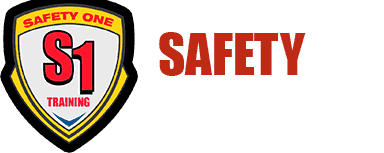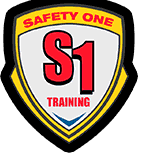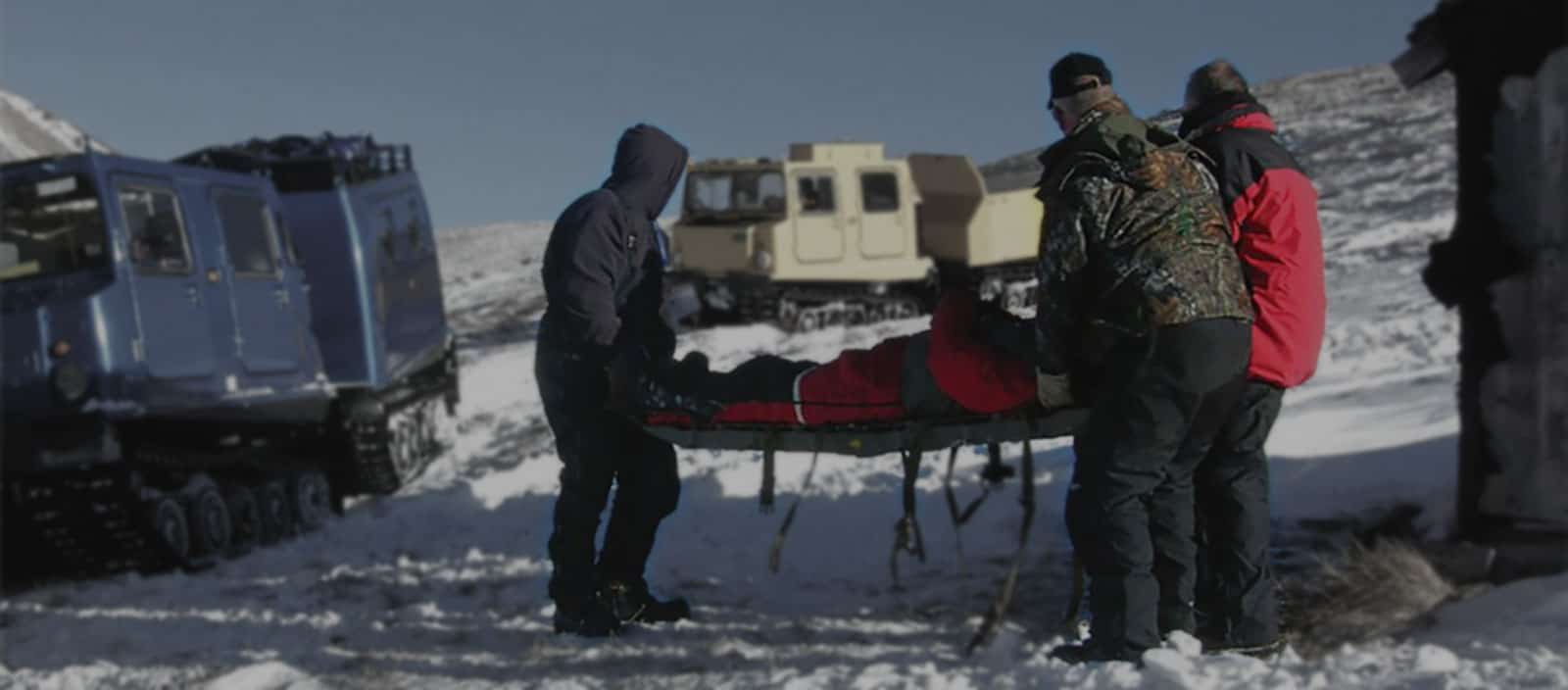03 Oct What to Know about Hypothermia
Incident Prevention Magazine recently asked the staff at Safety One to discuss the symptoms, prevention and treatment of hypothermia, which can be fatal if not treated quickly.
There is tremendous value in understanding hypothermia, especially for remote workers, below are some of the information that we shared with Incident Prevention.
The full article can be found in the October issue of iP or on this PDF., following the link: http://online.incident-prevention.com/publication/?i=435399#{“issue_id”:435399,”page”:52}
WHAT IS HYPOTHERMIA
Hypothermia is a dangerous drop in the core body temperature below 95°F / 35°C. (Normal body temperature is approximately 98.6˚F / 37˚C.) The “core” includes: – Brain, – Heart, – Lungs, – Neck.
Although Hypothermia often occurs gradually, over hours or even days, it can happen within minutes in the right conditions. Severe hypothermia can cause heart failure and death.
STAGES OF HYPOTHERMIA
| BODY TEMP | SYMPTOMS | OBSERVABLE IN OTHERS | FELT BY YOURSELF |
|---|---|---|---|
| (Stage 1)98.6˚ - 95.0˚ | Intense and uncontrollable shivering; ability to perform complex tasks impaired | Slowing of pace. Intense shivering. Poor coordination. | Fatigue. Uncontrollable fits of shivering. Immobile, fumbling hands. |
| (Stage 2)95.0˚ - 92.0˚ | Shivering decreases; difficulty in speaking; sluggish thinking; amnesia begins to appear. | Stumbling, lurching gait. Slurring speech. Poor judgment. | Stumbling. Poor articulation. Feeling of deep cold or numbness. |
| (Stage 3)< 92.0˚ - 88.0˚ | Victim becomes irrational, loses contact with environment, drifts into stupor; muscular rigidity continues; pulse and respiration slowed. | Irrationality, incoherence. Memory lapses, amnesia. Hallucinations. Loss of contact with environment. | Disorientation. Decrease in shivering. Stiffening of muscles. Exhaustion, inability to get up after a rest. |
| < 88˚ | Unconsciousness, does not respond to spoken words; Most reflexes cease to function; heartbeat becomes erratic. | Unconsciousness. |
STAGE 1 – MILD HYPOTHERMIA
When the body core temperature first drops, the hypothalamus initiates two major responses:
- The hypothalamus triggers the major muscle groups (in the arms, legs, and face) to shiver.
- The brain triggers the release of larger quantities of sugar insulin to support the muscle shivering.
At this stage, the shivering will start mild but then progresses to uncontrollable shivering. You may lose some complex motor functions, but can still walk and talk.
When the shivering cannot reverse the core temperature drop, hypothermia progresses to stage 2:
STAGE 2 – MODERATE HYPOTHERMIA (CORE TEMPERATURE: 92˚-95˚F)
When shivering cannot bring up core temperature, your brain will switch to energy conservation mode by gradually reducing blood flow to the limbs and extremities, so that the body is better able to retain core heat.
Patient handling is vital in this stage as incorrect handling of Stage-2 hypothermia victim can result in sudden cardiac arrest and death.
Due to restricted circulation, you may feel sleepy and unable to think clearly, and gradually lose fine motor coordination. Here are some critical signs and symptoms of Stage-2 hypothermia:
- Shivering slows, then stops
- Poor coordination, starting with the hands and feet
- Slurred speech
- Poor attitude
- Reduced level of consciousness
- Slow pulse
STAGE 3 – SEVERE HYPOTERMIA (CORE TEMPERATURE < 88˚F)
When the core temperature continues to drop, your body tries to move into hibernation, shutting down circulation, and reducing the heart rate and breath rate. Victims in stage 3 often loose consciousness.
FIRST-AID TREATMENT
Anyone with symptoms of hypothermia needs immediate medical assistance. However, a victim in Stage 2 or Stage 3 hypothermia can be killed instantly by a mistake in handling by non-medical professionals.
We take winter / cold injuries seriously and provide comprehensive training courses to protect workers traveling in remote areas.
For more information about hypothermia and winter survival skills, contact us via:
Email: [email protected]
Phone: +1 (800) 485-7669
Contact us online: https://safetyoneinc.com/contact/
Safety One Training is the leader of fall protection training, snowcat/extreme-weather condition training, and safety & survival equipment. If you have any further questions regarding the training courses we provide, click here to contact us or give us a call at +1 (800) 485-7669.



No Comments